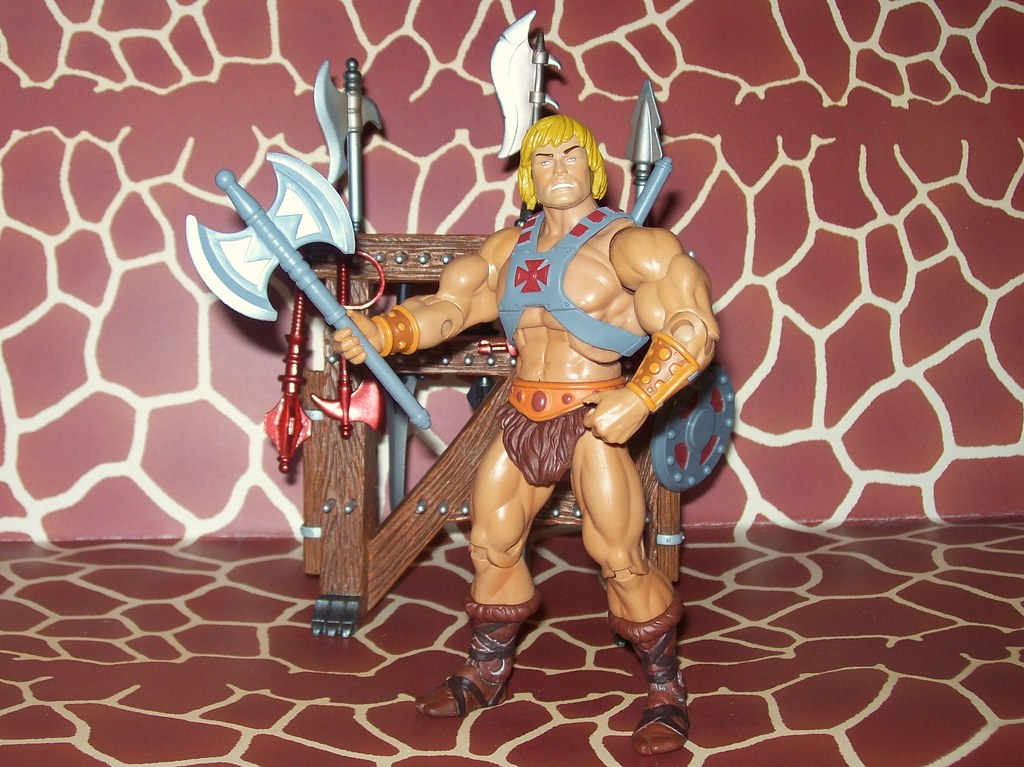In this post we will show you the best 80s cars of all time and why they deserve to be referred to as such. The ’80s was a wild time for car manufacturing. The American car market entered the decade with a dismal outlook thanks to shoddy quality, a failing economy, and unexpected competition from imported cars from foreign markets. Toyota and other Japanese car brands would establish classic models that continue to influence the car enthusiast subculture today. And various shows and movies would cement specific models into popular culture for all time.
Toyota Celica Supra A60
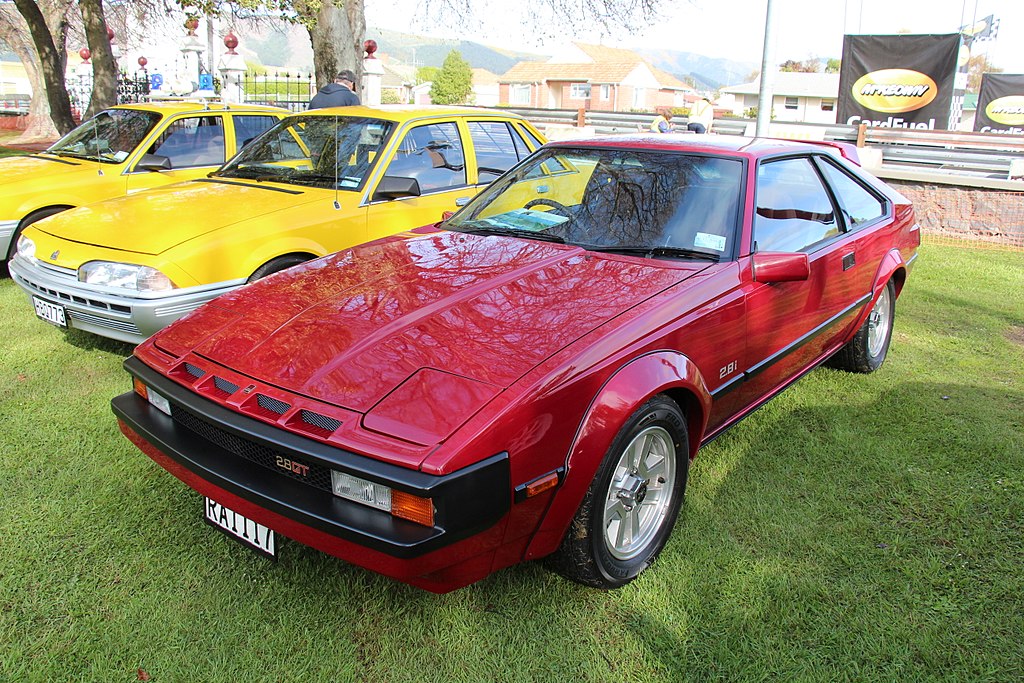
History
The Toyota Celica Supra A60 line released in 1982 was a redesign of the A40 and A50’s of 1979 and 1981. This second-generation update now offered two options, a luxury L-Type, and a performance P-Type. Both versions of the A60 did not have too many significant differences, save for the size of the tires, steering wheel size, and body trim.
Specs
The A60 saw power from 92 to 133 kW with horsepower ranging from 125 to 178 hp. It also had a torque from 127 to 207 lb. ft.
The L-Type’s price started at around $14,000 while the P-Type started at $14,600. Toyota would sell about 115,000 individual units in the American market alone.
Cultural Impact
Motor Trend would go on to name the Celica Supra A60 Import Car of the Year for 1982. It would also go on to make Car and Driver’s 10 Best lists for both 1983 and 1984.
Toyota MR2 W10
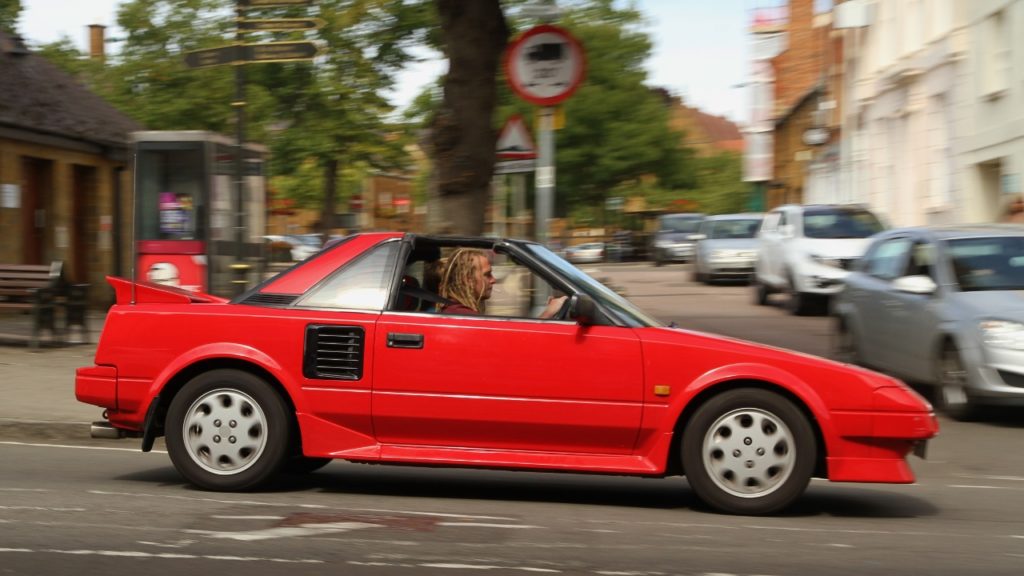
History
The MR2 was a fan favorite sports car in the 1980s. The supercharged models made towards the end of its original production timeline are known to be a treat when driving. Although the first generation had difficulty handling these cars are still some of the best looking and fastest cars from their era.
Specs
The W10 had impressive power from 61 to 106 kW with horsepower ranging from 183 to 145 hp. Its top speeds reached anywhere between 106 to 130 mph and accelerated from 0 to 60 mpg at around 7 seconds.
Cultural Impact
The W10 would become a staple in the Japanese racing scene with an appearance in various media. Gran Turismo would also feature the W10 in every main entry in the series.
Jeep Cherokee XJ
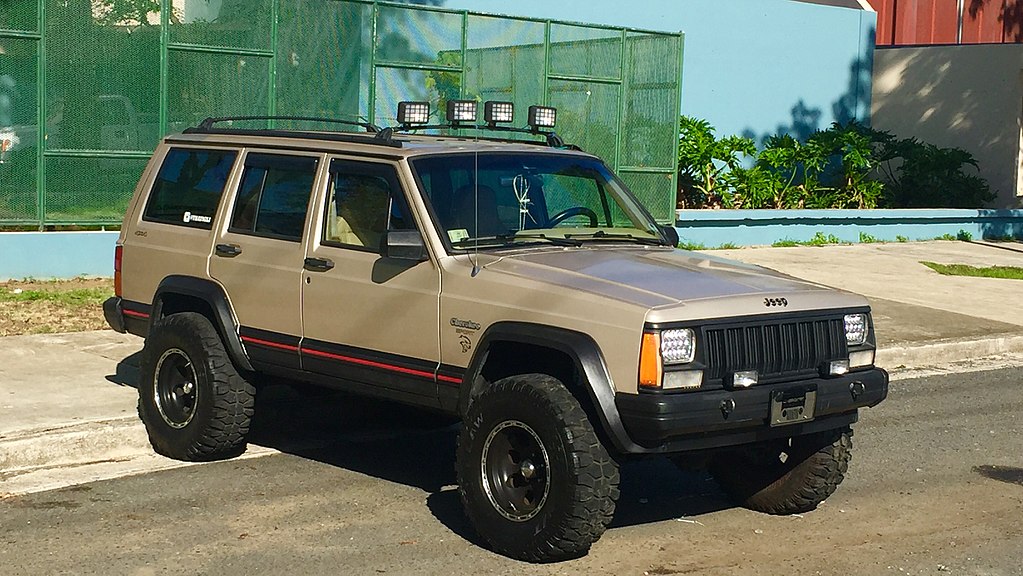
History
The Jeep Cherokee XJ was a car that, like fine wine, became better with age. Its origins started as sketches between American Motors and Renault and gradually became a sturdy and reliable van. It became particularly popular amongst suburban car owners due to its sleek design and excellent features making it feel less like a typical station wagon and more like a fancy and elegant mode of transportation.
Specs
The XJ’s power, depending on the engine, ranged from 63 to 142 kW and between 85 hp to 190 hp horsepower.
The XJ was notable for having roughly the same interior size as its predecessor, the SJ, yet also have significant size and weight improvements. Its main innovation was its unibody design with an integrated body and frame.
Its unconventional design of a unibody design made it the first 4×4 that wasn’t meant for military purposes. This gave it off-road capabilities that made it meant for trekking rough terrain.
Cultural Impact
The Jeep Cherokee XJ is an integral part of the evolution of 4×4’s, particularly for a civilian context. It is such a popular vehicle that many off-roading fans consider it the greatest vehicle ever designed. To this day the Cherokee name is still a significant branding element in American car manufacturing sales.
Unsurprisingly the XJ’s design was popular for law enforcement use as well.
Vector W2
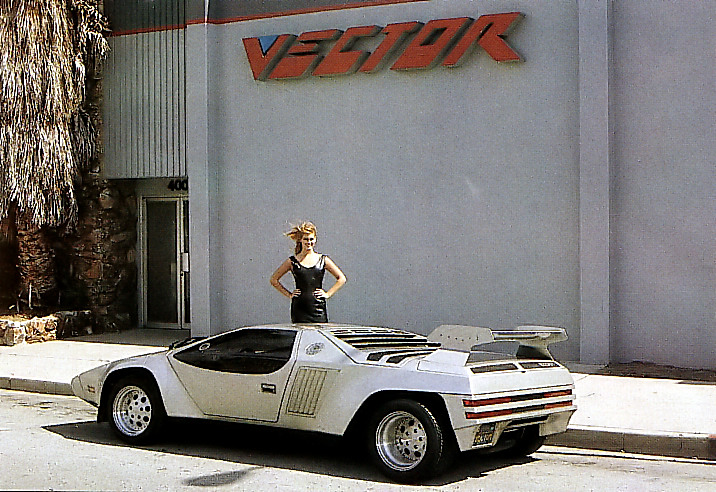
History
The Vector W2 is an odd entry in the realm of car manufacturing, which is why we consider it one of the best 80’s cars around. While only intended as a concept model it is a fully functioning car you can actually drive around.
Funny enough this car was being shopped around public display areas as early as the ’70s. But this prototype supercar was mostly developed and marketed in the ’80s.
Its name comes from its designer’s surname, “Wiegert”, and the two turbochargers in it. It holds a record amongst other concept cars from the era in that it drove over 100,000 miles purely for testing purposes. This was mainly in part to Vector Motor’s lengthy journey to secure funding for starting a series. It would eventually finally enter production as the Vector V8 in 1989.
Specs
It is said the W2 could reach a top speed of 242 mph or 389 km/h. Its V8 engine had a power of more than 405 kW and 600 hp in horsepower with a 600 lb. ft. in torque. This was truly a car made purely for speed. Overall it is hard to pinpoint exact specs for this car without going through an exhaustive list of its various iterations since this conceptual model would be continuously developed until the end of the ’80s.
Cultural Impact
The Vector W2 would be featured in 3 separate pieces of media. It was shown in an episode of Remington Steele, the Sean Connery and Wesley Snipes movie Rising Sun, and the Nintendo game Formula One: Built to Win. Today it is known as a classic icon of car design due to its sharp angles and futuristic appearance.
Nowadays you will see the W2 in numerous places on the web where notable vintage cars are celebrated such as car enthusiast blogs and various music and visual art genres that glorify the nostalgia of 80’s consumer culture.
Ferrari F40
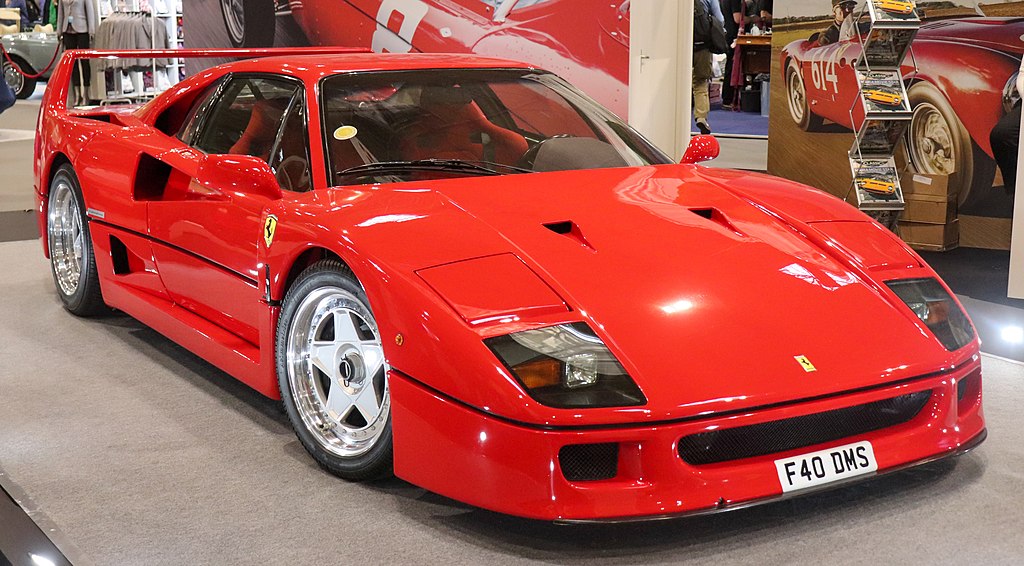
History
Built from 1987 and up to 1992, the Ferrari F40 became the very last Ferrari car overseen by Enzo Ferrari himself and a celebration of the Ferrari company’s 40th anniversary making one of the world’s most iconic brand of cars. It did not have the most up to date hardware compared with other supercars of the time but its lightweight build and impressive speed and handling solidified it into the minds of car fans for generations.
Its birth, similar to the Porsche 959, lies in Group B regulations for rally racing. Ferrari had assigned a small team outside of regular work operations to develop a car that could compete in the same class as the 959 in Group B. Even its raw and Spartan design lied in its head engineer’s background in racing.
Specs
The Ferrari entered the market with a whopping 352 to 537 kW in power and a ferocious 478 to 730 hp in horsepower. The Torque was 425 lb. ft. and hit a top speed of 324 km/h. To show how amazing this beast is, it could accelerate from 0 to 100 km/h in 4 seconds. Only 1,315 units were made with 213 that was intended to be sold in the American market.
Cultural Impact
To this day the F40 is considered by many to be the essential Ferrari machine. It also represents the end of Enzo Ferrari’s personal hand in overseeing the cars Ferrari put out. One could say the F40 represented the end of the classic Ferrari era and the beginning of a new generation without Enzo Ferrari’s guiding hand.
In 1990 an F40 that was originally owned by Nigel Mansell, a well-known Formula One driver, was sold for an astonishing record of 1 million euros. This figure would only be beaten more than 20 years later.
Porsche 959
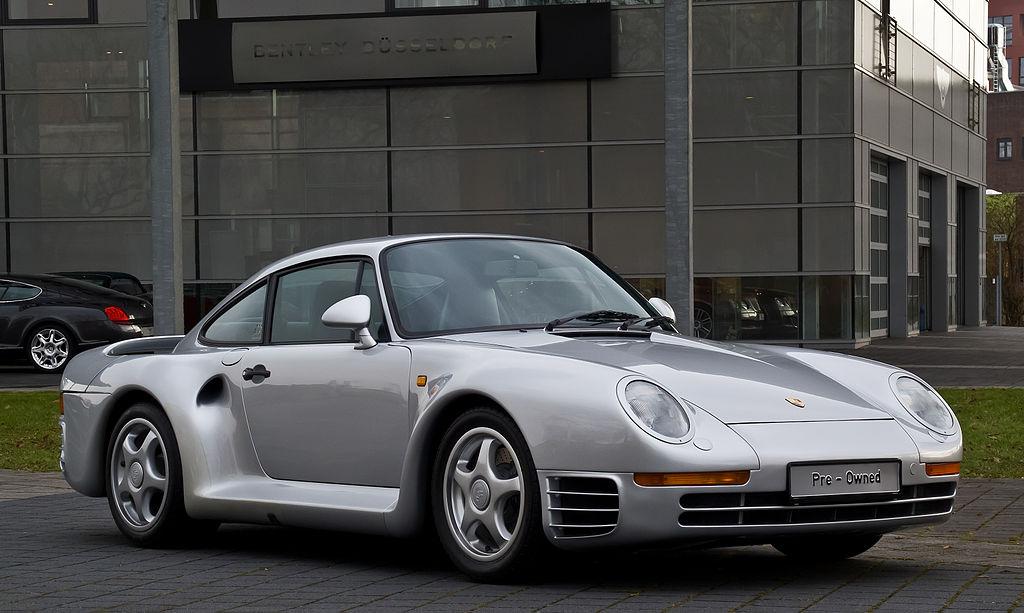
History
You can’t mention the Ferrari F40 or best 80’s cars without bringing up the Porsche 959. One of the fastest cars ever made in the ’80s, this model is an icon in engineering speed. Its development was helped a lot by rally racing, specifically Group B regulations, as one of the engineers saw it as the perfect testing grounds for pushing the car’s limits forwards. And per its original goals like a car for Porsche to rely on when making future models, its twin-turbo engine would act as the foundation for Porsche’s future turbocharged endeavors.
Specs
The 959 was able to hit 60 mph from 0 within an incredible 3.6 seconds. Its top speed went up to 116 mph. Rumor has it some variants could hit up to 211 mph, something that is most definitely not street legal. But despite its overly-powerful capabilities the Porsche 959 was one of the fastest and most technologically advanced cars ever released for the consumer market.
And of particular note was how well this car handled.
Cultural Impact
A Car and Driver review from 1987 had trouble not calling the 959 a “perfect” machine. Bill Gates himself had even bought one before the 959 became street legal in the United States. Funny enough it would be held by San Francisco customs for 13 years until the Show or Display law was established.
1985 Aston Martin V8 Vantage Volante
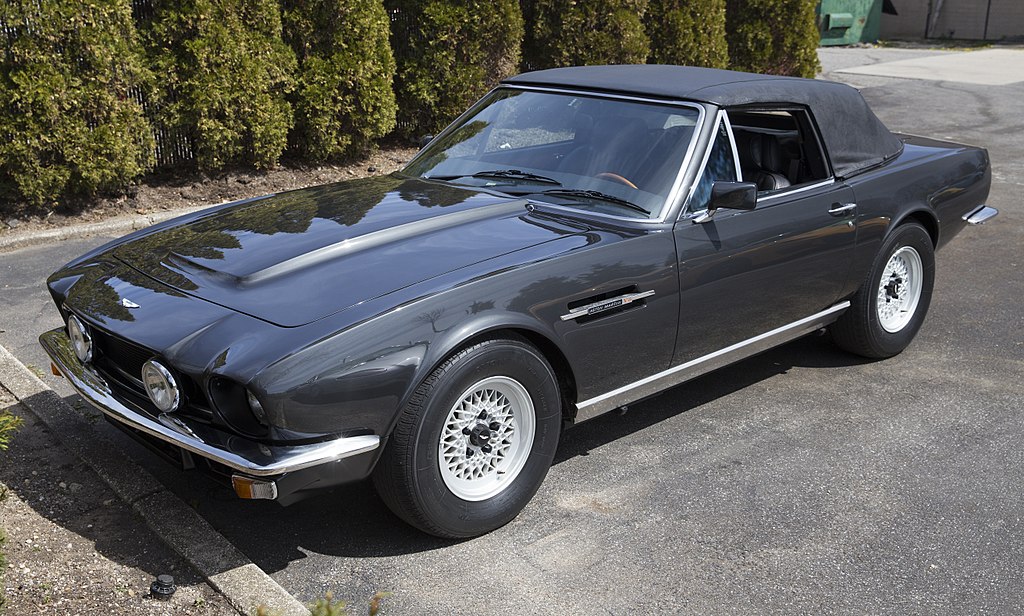
History
The James Bond franchise embodies the fantasy of exciting shootouts, beautiful women, and fast cars to outdrive anyone. So it is no surprise that when Timothy Dalton was selected to become the next Bond after Roger Moore in 1986 EON Productions gave the Aston Martin its triumphant return in The Living Daylights.
Specs
The 1985 V8 Volante in particular had a power of 235 kW and 320 hp in horsepower. What was notable about the V8 Volante was that at one point it took only four months to manufacture in total.
Cultural Impact
The V8 Volante would make a flashy appearance in The Living Daylights albeit along with multiple other V8’s. Apparently, there were multiple models used during filming including V8 coupes and a model with a hardtop. Nonetheless, despite these confusing inserts, we can all agree that the Aston Martin is a significant element of the Bond movies and the V8 Volante is no exception to its manufacturer’s tradition of helping a dashing British spy save the world.
1982 Pontiac Firebird Trans Am
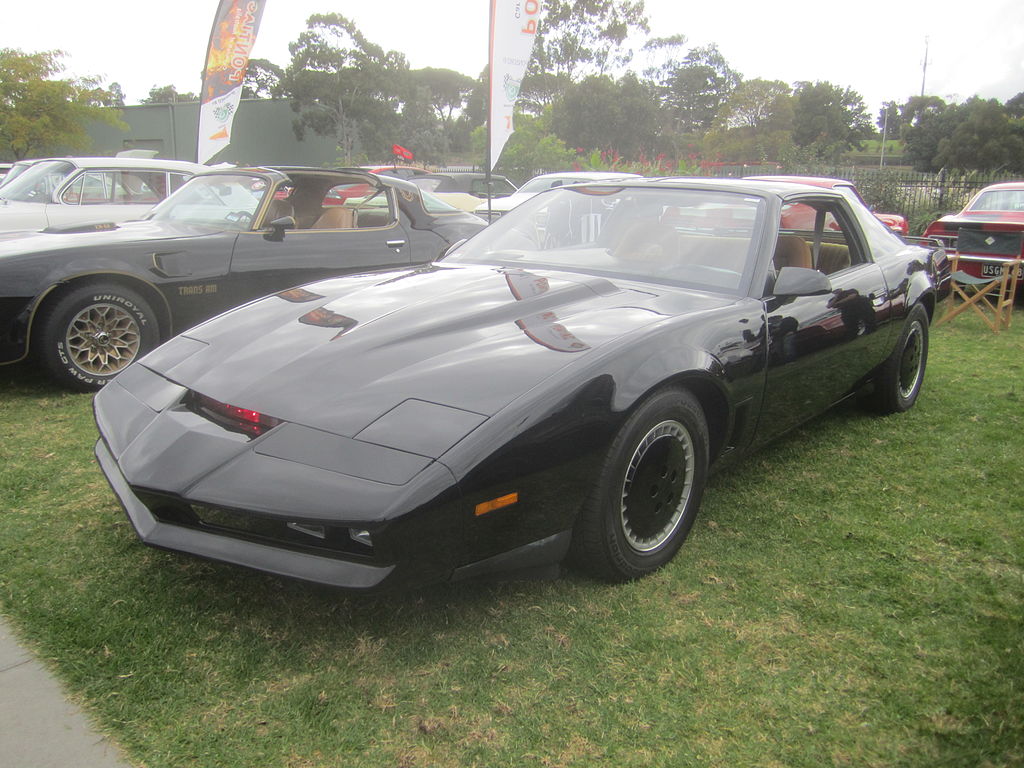
History
Staccato notes dot a bumping synthesizer bassline as a black car roars out from the dim evening horizon. This mysterious vehicle is 1982’s Knight Rider featuring a third-gen Pontiac Firebird Trans Am sports model voiced by a computer AI. Interestingly enough this car actually had terrible performance and is commonly disdained by vintage muscle enthusiasts.
Specs
The Pontiac Firebird Trans Am had a power of 108 kW and 147 hp in horsepower.
Cultural Impact
Knight Rider was responsible for saving this car from becoming an obscure piece of car history. The show was about a police officer being recruited to fight crime with an experimental car of the future called the Knight Industries Two Thousand, aka KITT. Viewers fondly remember KITT’s cybernetic voice responding with the main character, Michael, as they rode off on various adventures.
1983 DMC DeLorean
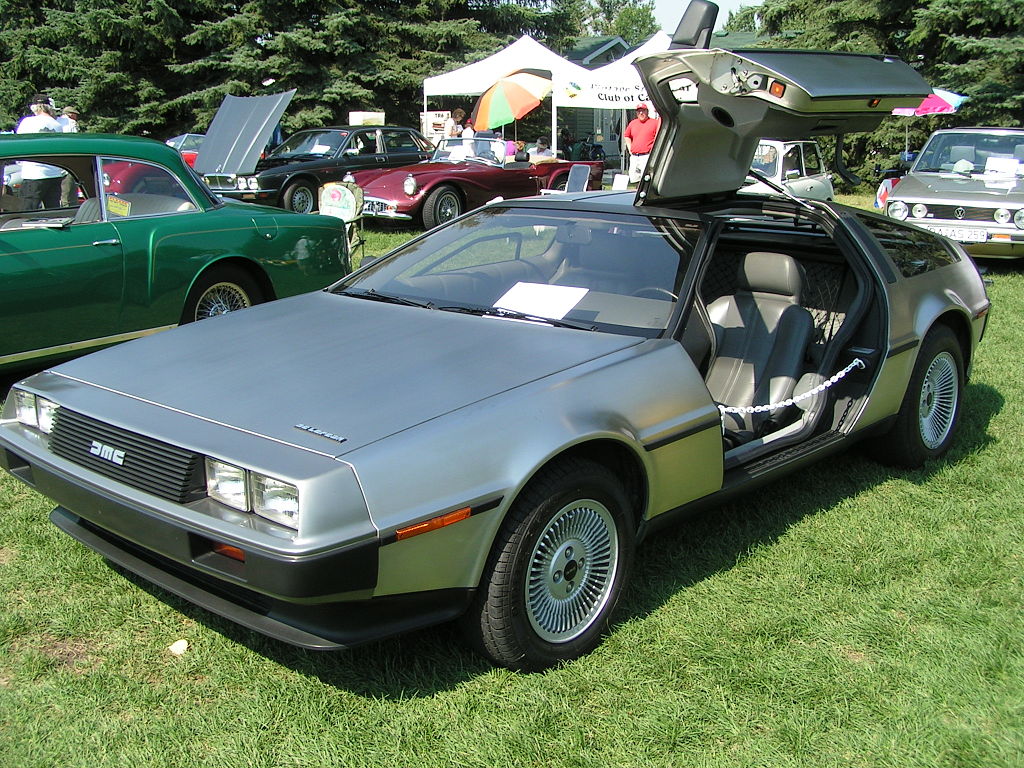
History
Who could forget the iconic scene from 1985’s Back to the Future when Marty Mcfly and Doc Brown watch the DeLorean roar off to another time and leave a wickedly hot trail of literal fire in its path? The 1983 DMC DeLorean was solidly anchored into popular culture with this scene and to this day we haven’t forgotten it.
The DeLorean was created by the DeLorean Motor Company (DMC) for the US market. Its development was led by John DeLorean, a man who left a controversial legacy in the car manufacturing world. Despite its sleek looks and impressive vertically opening gull-wing doors, the DeLorean was infamous for a lack of quality and weak power and performance on the road.
Despite seeing an extremely limited run the DeLorean had a surprisingly large number of unique variations.
- There were the models with 24 karat gold plating that were sold as part of a collaborative promotion with American Express.
- Rare right-hand drive models were created for the global market, specifically the United Kingdom, where cars are driven on the left-hand side of the road.
- Far subtler are the turbocharged variants worked on by Legend Industries. These cars showed great promise during testing, beating out the competing Ferrari and Porsche models. However, due to DMC’s bankruptcy, these models never saw the light of day.
Specs
The 1983 DeLorean had a measly 97 kW in power and 132 hp in horsepower. Its top speed capped at around 209 km/h. Overall this was a flashy car with a body that promised an experience like no other and ultimately failed to deliver. Should the Legend turbocharged engines have made it to the market in times we may be viewing it in a very different light.
Cultural Impact
Regardless of its disappointing sales figures and performance, the DeLorean is still an incredibly popular car thanks to the Back to the Future series as well as a now-defunct amusement park ride simulator at Universal Studios. To this day, if you are lucky enough, you might be able to catch a glimpse of a rare functioning DeLorean cruising down the highway or see it on display at a car meet for vintage auto enthusiasts.
1983 Toyota Sprinter Trueno GT Apex AE86
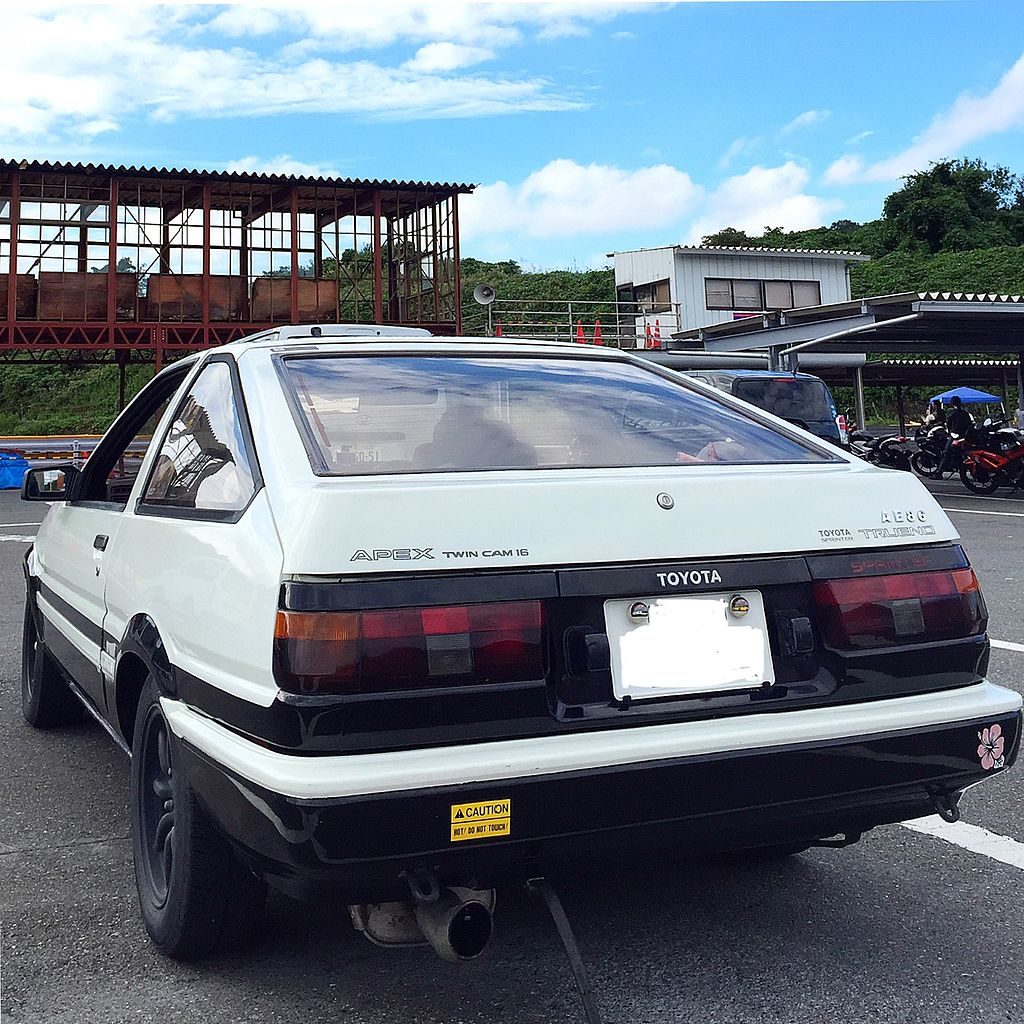
History
Toyota’s AE86 line never saw much love in popular culture. That is, until the animated adaptation of a Japanese manga series, Initial D, presented a romantic vision of illegal street racing culture. The car of choice for the prodigy protagonist racer in this story was a Panda Trueno with intense modifications and upgrades.
Specs
The “Tofu Car” had a power of only 95 kW and 128 bhp which lines up with how people looked at it with surprise when it hit high speeds in Initial D. Its torque reached 110 lb. ft. at most. Overall numbers-wise this car is not significant in the slightest but its true potential is seen on the road.
Historically the AE86 cars were well known in racing circles for their performance and speed. One quality that made these cars popular to this day among contemporary motorsports teams is that it is one of the few light coupe cars to be designed with a rear-wheel-drive suspension. As a result, the AE86 is perfect for racing since they have the potential for incredible speeds without the disadvantages of heavier cars such as better handling.
Cultural Impact
Today the Panda Trueno is a global cult symbol for Japanese racing. Part of this is due to its influence in developing Japanese street racing culture, especially with its use in tough driving by Keiichi Tsuchiya, a professional racer known as the Drift King. Initial D was in part inspired by Tsuchiya’s exploits and its Eurobeat soundtrack is a genre of anthems for amateur racers everywhere.
These were definitely the best cars of the 1980’s
We hope you enjoyed the best cars of the ’80s. These cars were chosen not only for their specs but for the history that surrounded their creations, the human blood, sweat, and tears that accumulated while making them, and the lasting influence their legacies have on the world at large. This brief list does not show all the wonderful and beautiful cars made in the ’80s but they are truly pinnacles of their time.







